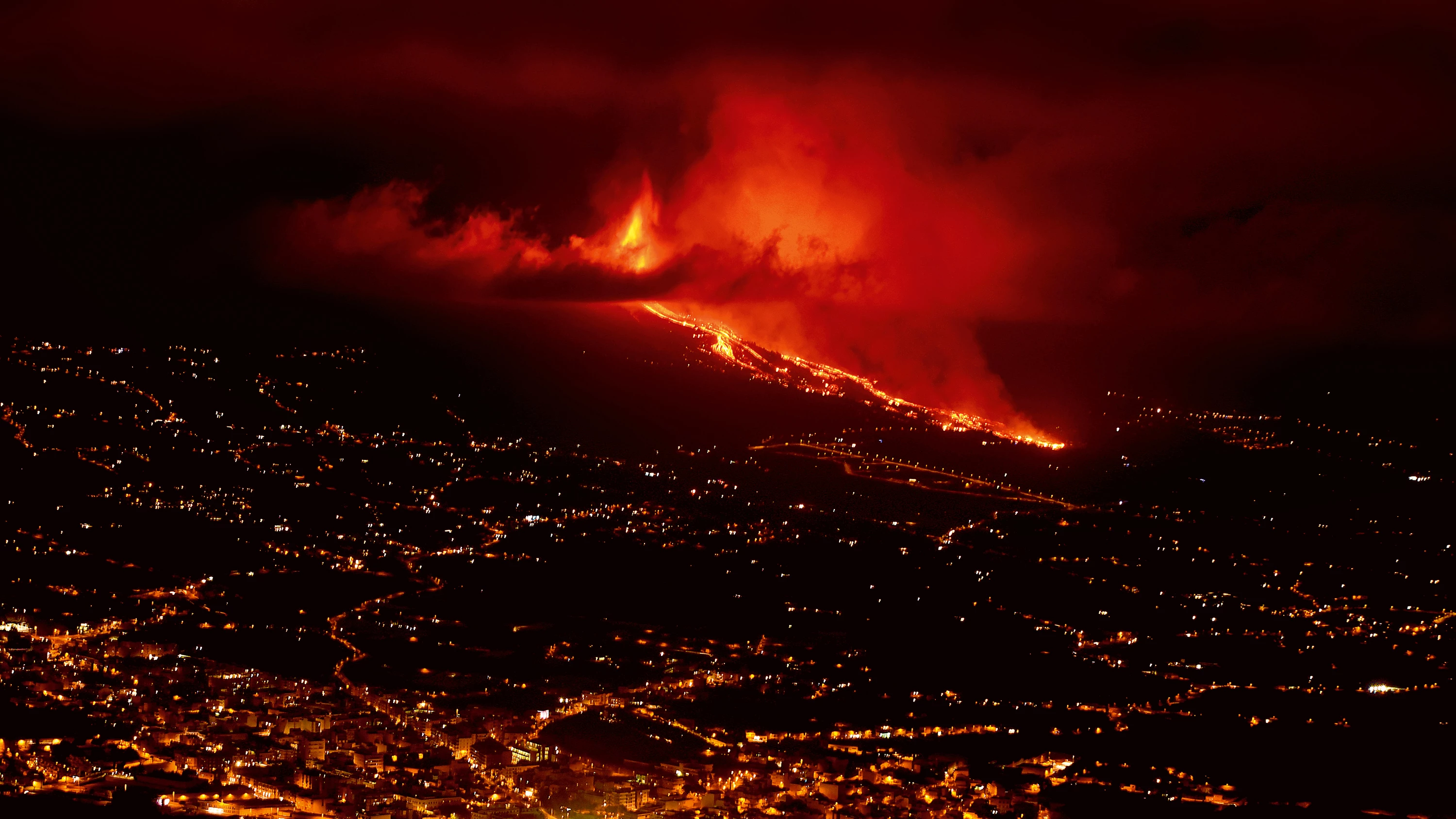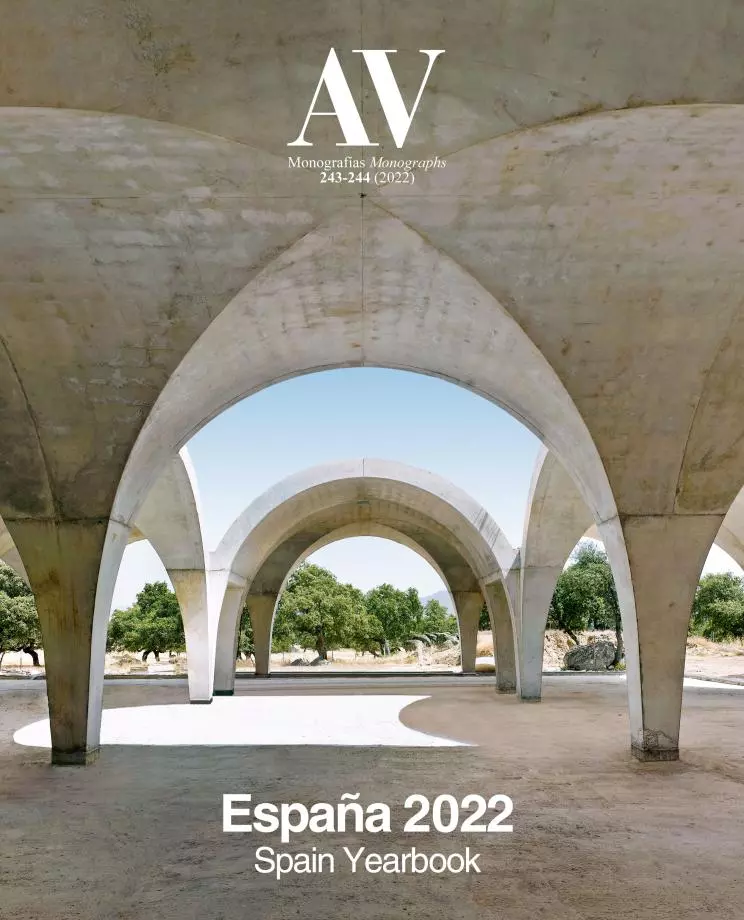
Cumbre Vieja volcano erupts in La Palma
The eruption of the Cumbre Vieja volcano in La Palma, in the Canary Islands, recalls the geological constants of a planet ravaged in recent times by fires whose ultimate cause is the oil-based economy.
I borrow Cortázar’s title to connect the violent fire of the volcano in La Palma with the countless fires that suggest for our time the name Pyrocene, instead of the standard Anthropocene (Paul Crutzen, 2000), the geographic Urbanocene (Geoffrey West, 2018), and the militant Capitalocene Jason W. Moore, 2017). We have dealt with these three labels in our issue 189, with my Academy lecture of 2012; 206, which commented the proposal of West; and 237, which took stock of the debate in 2020 between two members of the ‘radical academy.’ Now is the turn of the Pyrocene, chosen as the title of his book by Stephen Pyne, a fire historian who eloquently argues the pyric singularity that starts with the use of fossil fuels, responsible for global warming and the proliferation of devastating fires, from Australia to California, but also in the Mediterranean and even Siberia or Greenland. “We have created a fire age. Now we have to live in it.”
Through the study of fossil coal we know that fire has been present on Earth for 400 million years, sparked by volcanoes or more often lightning, and made possible because life in the oceans had created an atmosphere rich in oxygen, and plants supplied the fuel for the flame, so that life and fire seem inseparable. Control of fire began with the Hominids for protection from predators, preparation of food and tools, and heat supply and social interaction, but that anthropogenic fire, emerged over a million years ago, uses the same living biomass that had fed the spontaneous fires of nature. The genuine pyric transition comes with the use of fossil biomass; the lithic fuel of the steam engine and the Industrial Revolution opens a completely new period, for which the name Pyrocene is now suggested, and that would be the third epoch of the Quaternary period, after the ice age of the Pleistocene and the interglacial period of the Holocene.
The sublime and terrible spectacle of a volcano places our current troubles within the geological frame of primal fires and their autocatalytic role, kept in the later domestication by human beings to create an ecology of fire where its creative destruction, including slash-and-burn agriculture, promotes the coevolution of fire and landscape. But the transition to industrial combustion, which supplies – as Pyne points out – “light without heat, heat without smoke, smoke without fire, fire without flame,” also entails the paradoxical spread of wildfires caused by the interaction of climate and economies based on coal, oil, and gas. Today’s uncontrollable fires – which make us forget the millennarian coexistence of life and fire, and come precisely from the confinement of the flame –, are burning our common home. All the characters in Cortázar’s story finally perish in the blaze and smoke: as ourselves, they also lived under a volcano.

Fire in Athens







